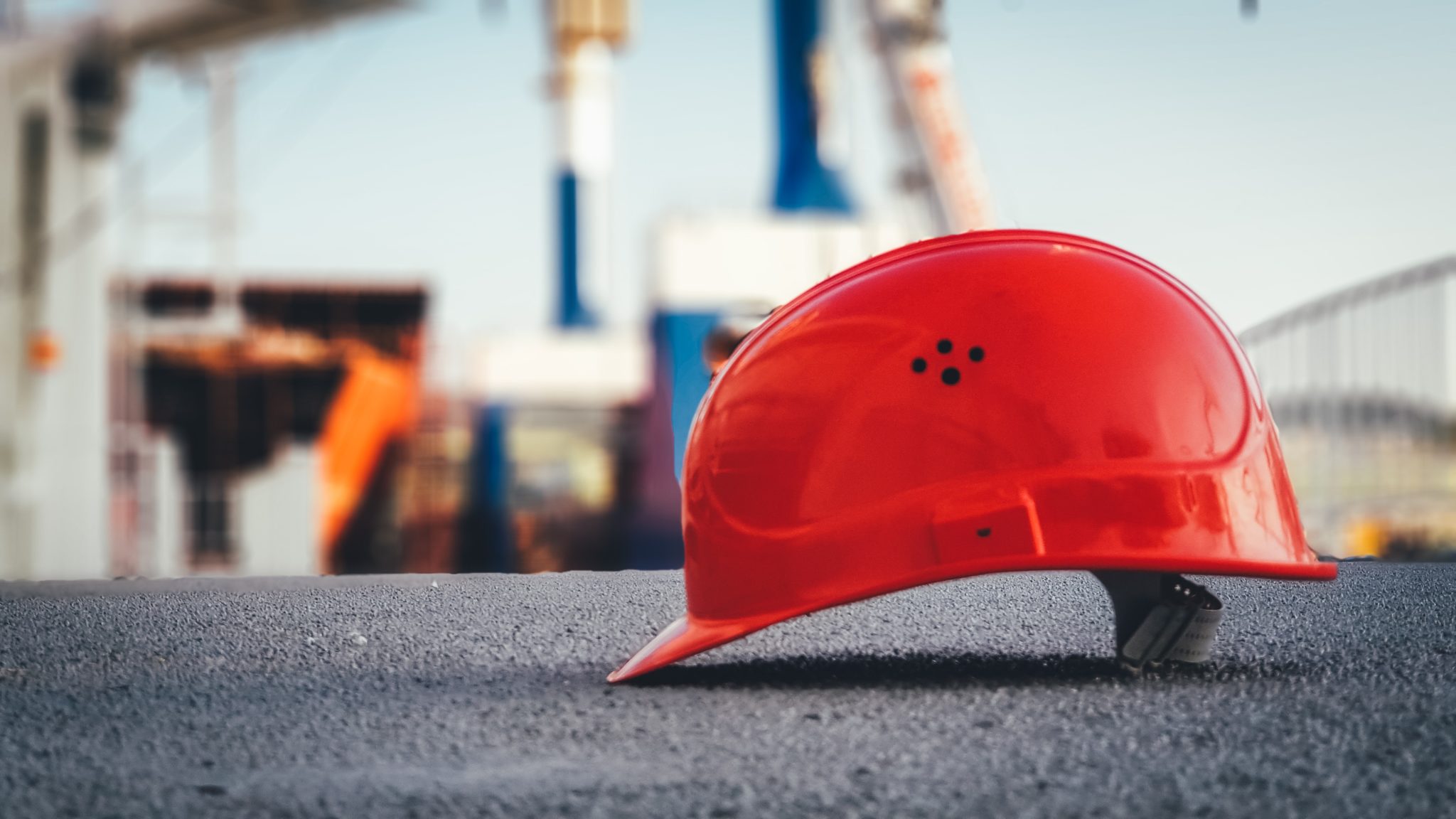The Federal government has twice been elected with the promise of passing a Just Transition Act as part of their electoral platform. In 2022, the same government struck an agreement with one of the opposition parties, the NDP, which explicitly mentioned the need to make progress on the just transition file. Despite all this, as Parliament rose for the summer, the promised Just Transition Act is nowhere in sight.
A just transition strategy is a way to ensure that as Canada and the world decarbonize their economies to address the climate crisis, impacted workers and communities still have access to good jobs and essential services. In short, it means no one is left behind by global and domestic climate action.
So, what message does the absence of the promised Just Transition Act send to workers and communities across the country?
A proposed trip with no final destination
The Act itself is not the desired priority of the workers in polluting sectors, First Nations, Metis communities and industry reliant municipalities. Instead they have been asking for transparency and honesty. Although current conversations about a just transition promise a prosperous journey, no group can hop on board until the government announces the destination.
With two months of summer ahead of them, the government has ample time to work on two foundational pieces of a just transition strategy:
1. Answer the question “what does the transition actually entail?”
The government needs to outline what sectors will undergo transformations and address the impact it will have on workers and communities. There also needs to be the creation of a robust timeline that details how the transition will unfold – from when industries will close to when new ones will open – so clarity is seen throughout the process. Furthermore there needs to be made clear what the opportunities will look like and how will people be able to access them.
2. A dedicated agency – which could take the form of a Ministry – in charge of ensuring the transition truly leaves no one behind.
Currently multiple federal ministers are on the file, but none have the power and capacity to actually deliver a just, whole-of-economy transition. The federal government needs to create an entity with the capacity to coordinate with all key decision makers, and act as a single point of contact for affected groups who need crucial information on what comes next throughout the planning and implementation of Canada’s just transition strategy.
Mixed signals as to where the party is at
Since July 2021, workers and communities have been busy participating in consultations on the promised Just Transition Act. Meanwhile the government recently announced the creation of Regional Tables, a collaboration between the Federal and Provincial governments to decide which industries each province will work with in the transition to the net zero economy. This has sparked some concerns amongst communities and workers that they are being left out of critical conversations.
Cooperation and planning are needed for the transition to work well. If the Regional Tables only allow industry and government to talk money and strategy, while workers, Indigenous governments, municipalities and communities are brought in for consultation after decisions are made the transition will not address their fundamental needs.
A Just Transition Act is still needed, but the government can not circumvent impacted groups by making the most important decisions elsewhere. Before returning to their Ottawa desks in September, our elected officials should have a plan to ensure that the right people are at the right tables.
If you want it done right, do it yourself
In French we say “On est jamais mieux servis que par soi même”, which literally translates to “you are never better served than by yourself”.
This is essentially the message communities are receiving – while provincial governments block real climate action, the Federal government has taken a one-step-forward two-step back approach to real transition action all while community leaders across Canada worked on actual plans.
Examples of community-led transitions can be seen in every province and territory across all sectors. Whether they were due to the global shift to a decarbonized economy or due to COVID-related disruptions, communities have been proving that planning, coordination and hard work can turn catastrophic transitions into real opportunities.
For example, the Three Nations Energy project in Northern Alberta shows how First Nations and Metis Nations came together to provide affordable, reliable and renewable energy to their communities. Meanwhile, Canadian Postal Workers have been leading their Delivering Community Power project in which they work to green the postal worker’s fleet while providing a wide range of climate-friendly services to their communities. Leadership has also come from municipalities, like the City of Trail which has voted to transition the community to 100 per cent renewable energy despite being a smelter town whose identity is woven tightly with the mining industry.
Communities can not be expected to keep doing this on their own. While they are showing real leadership, much hardship and inefficiency would be avoided if governments provided tools and resources to empower the communities through the transitions they want.
Elected officials must use this summer to observe, listen and learn from those across Canada who are already doing the work, and come back in September ready to table a Just Transition Act that will address the needs and support the dreams of every worker and every community.
Interested in learning more? Sign up to our newsletter to stay in the loop and follow along as we work to help advocate for a robust just transition so no community or worker is left behind.









